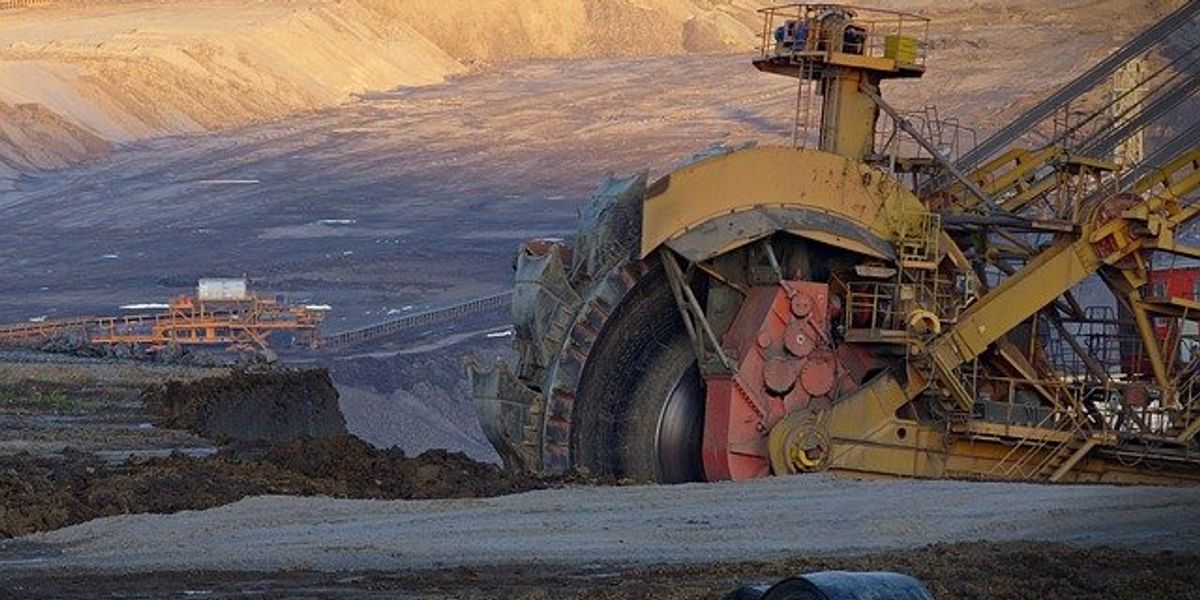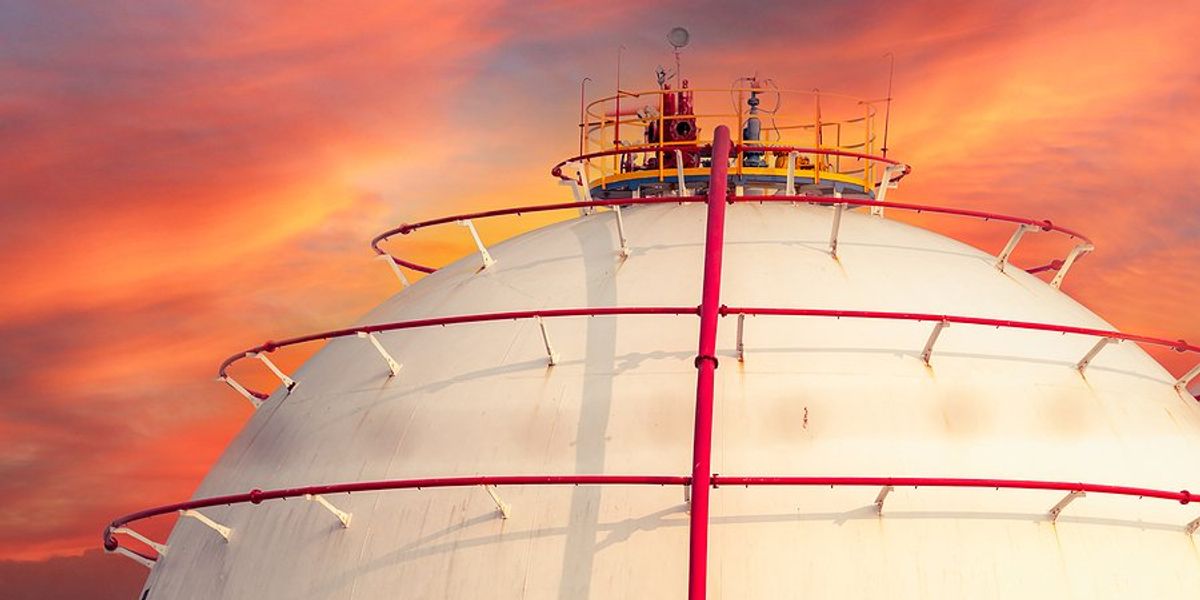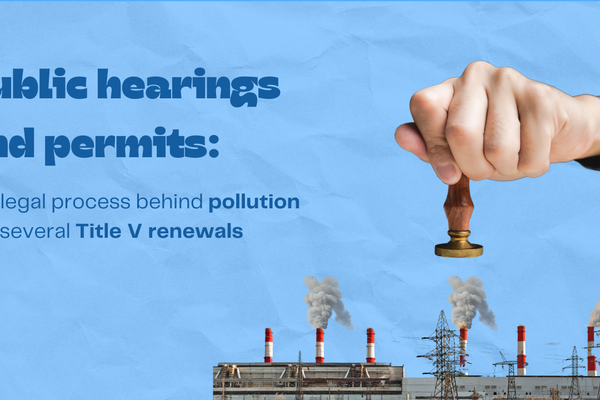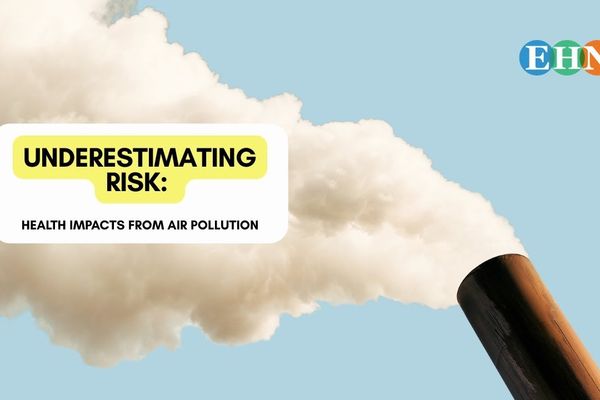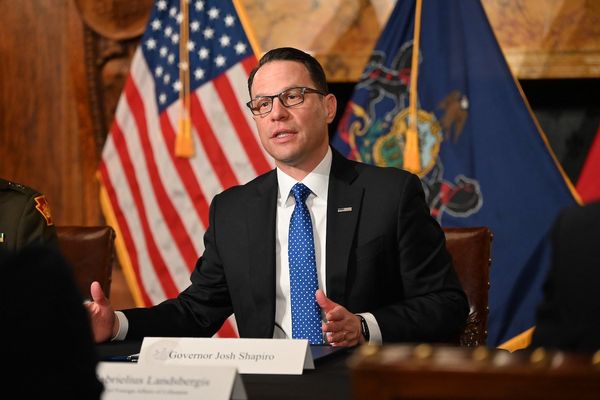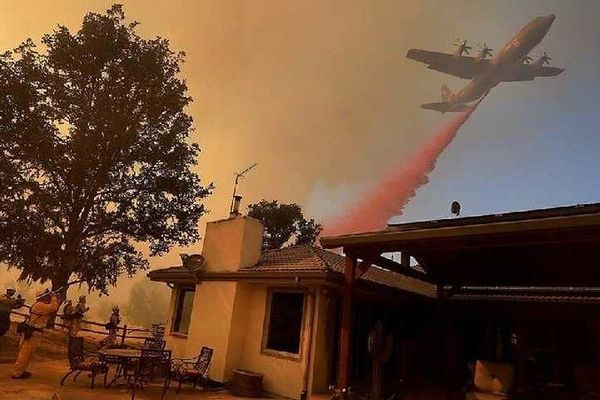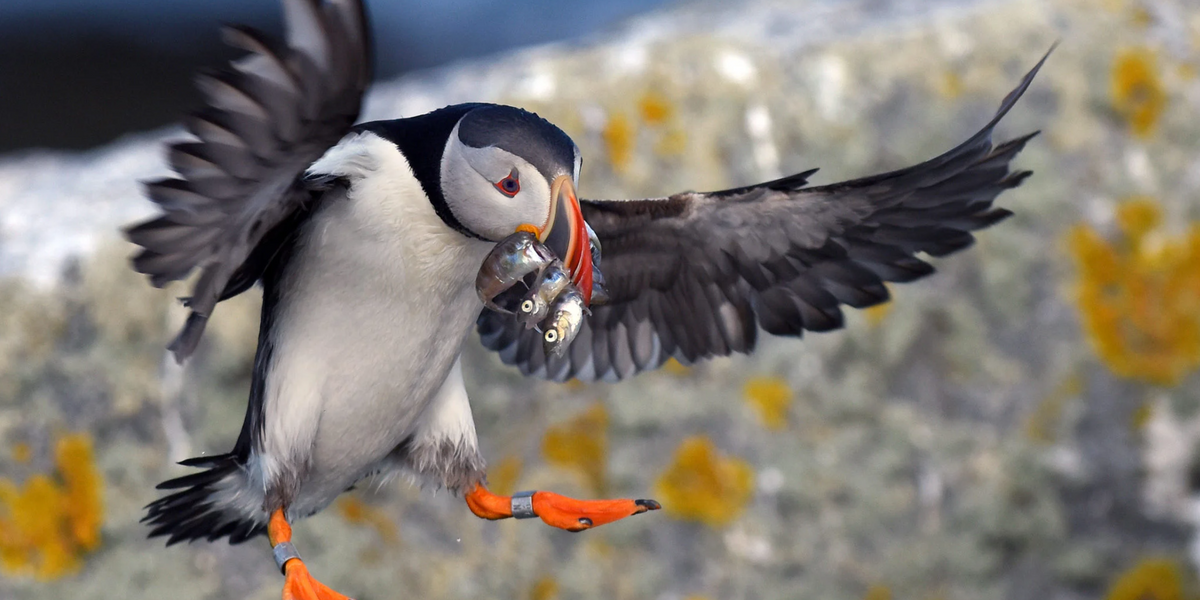
A big climate warning from one of the Gulf of Maine’s smallest marine creatures
In the oceans, the climate-driven warming temperatures set catastrophe in motion.
Given the rate at which the waters in the Gulf of Maine are heating up, Mainers may need to swap out the lobsters on their license plates for squid.
All of New England could issue new specialty plates featuring creatures threatened by the speed climate change is slamming the gulf: a critically endangered right whale, a cute puffin, or a vanishing cod.
For all the escalating climate-related threats to iconic and commercially valuable marine life in the Gulf of Maine, though, scientists say there is one creature we should especially keep our eye on—a barely visible creature that helps those whales, puffins and cod survive: the zooplankton Calanus finmarchicus.
Often likened to a grain of rice, this “copepod”—or microscopic crustacean—is the keystone of the sub-polar food web that makes the Gulf of Maine one of Earth’s richest marine ecosystems. By munching on phytoplankton and microzooplankton invisible to the naked eye, Calanus pack themselves so densely with fatty acids that researchers call them “butterballs” of the sea. Species that directly eat Calanus at some point in their lives include herring, mackerel, cod, basking sharks, haddock, redfish, sand lance, shrimp, lobster and right whales. The tiny crustaceans fuel the vast North Atlantic food web, where bigger fish forage on smaller fish until the bigger fish end up in the bellies of seabirds, seals, tuna, other flesh-eating sharks and whales—or on our dinner plates.
Bigelow Laboratory zooplankton biologist David Fields has said that the ideal timing of the Calanus finmarchicus life cycle for fish larvae in the spring and whales in the late summer is one of the top examples of why the Gulf of Maine “is beautifully intertwined and synchronous. It is what has made the ecosystem so productive.”
That very synchronicity, Fields said, also makes Calanus highly vulnerable to the gulf’s warming. It makes these tiny creatures a giant symbol of climate change. These metaphoric grains of rice in the ocean are now, like grains in an hourglass, slowly draining away.
Dramatic declines
The Gulf of Maine already marks the southern end of the range for Calanus finmarchicus on this side of the Atlantic. With record warmth in recent years, the species is in a decline that correlates with right whales bypassing the gulf in search of food hundreds of miles to the north in the Gulf of St. Lawrence. There are also early correlations with a decline in baby lobsters. While scientists are often careful to say that correlations do not necessarily mean causation, the decline of Calanus populations coincides with current and projected declines for many fish populations in the gulf.
Last summer, a major summary paper on expected climate-driven changes to the Gulf of Maine by 2050 estimated that current global warming projections mean that populations of lobster, cod, haddock, pollock, herring, northern shrimp, Acadian redfish, and red hake will all be diminished further than they already are. That finding adds to a 2016 assessment by two dozen scientists at the National Oceanic and Atmospheric Administration which found that more than half of more than 80 fish species on the Northeast US Continental Shelf have a high or very high probability of distribution shifts due to climate change.
This is despite valiant federal and state efforts to rebuild the stocks of several of those species, including haddock and redfish. Some of those shifts mean that as some species shrivel in prominence in the Gulf of Maine, other species historically more plentiful in the mid-Atlantic, such as longfin squid, butterfish and black sea bass, will likely be more present. Major effects are already being felt in New England’s fishing communities.
Core populations of lobster have moved northward more than 100 miles over the last half century, giving Maine a momentary boom while lobstering has crashed in Rhode Island, Connecticut, and Long Island Sound. Last year was the most valuable in the history of Maine’s lobster industry, with 108 million pounds of crustaceans bringing in $725 million in value. But lobsters are moving so fast toward Canada that there are signs that Maine has already peaked in volume.
The 2021 catch was the third straight of about 100 million pounds, still down from the record range of 123 million pounds to 133 million-pounds from 2012 to 2016. Maine’s commissioner of natural resources, Patrick Keliher, said in a press release, “Last year was one for the books and it should be celebrated. But there are many challenges ahead.”
Compound impacts
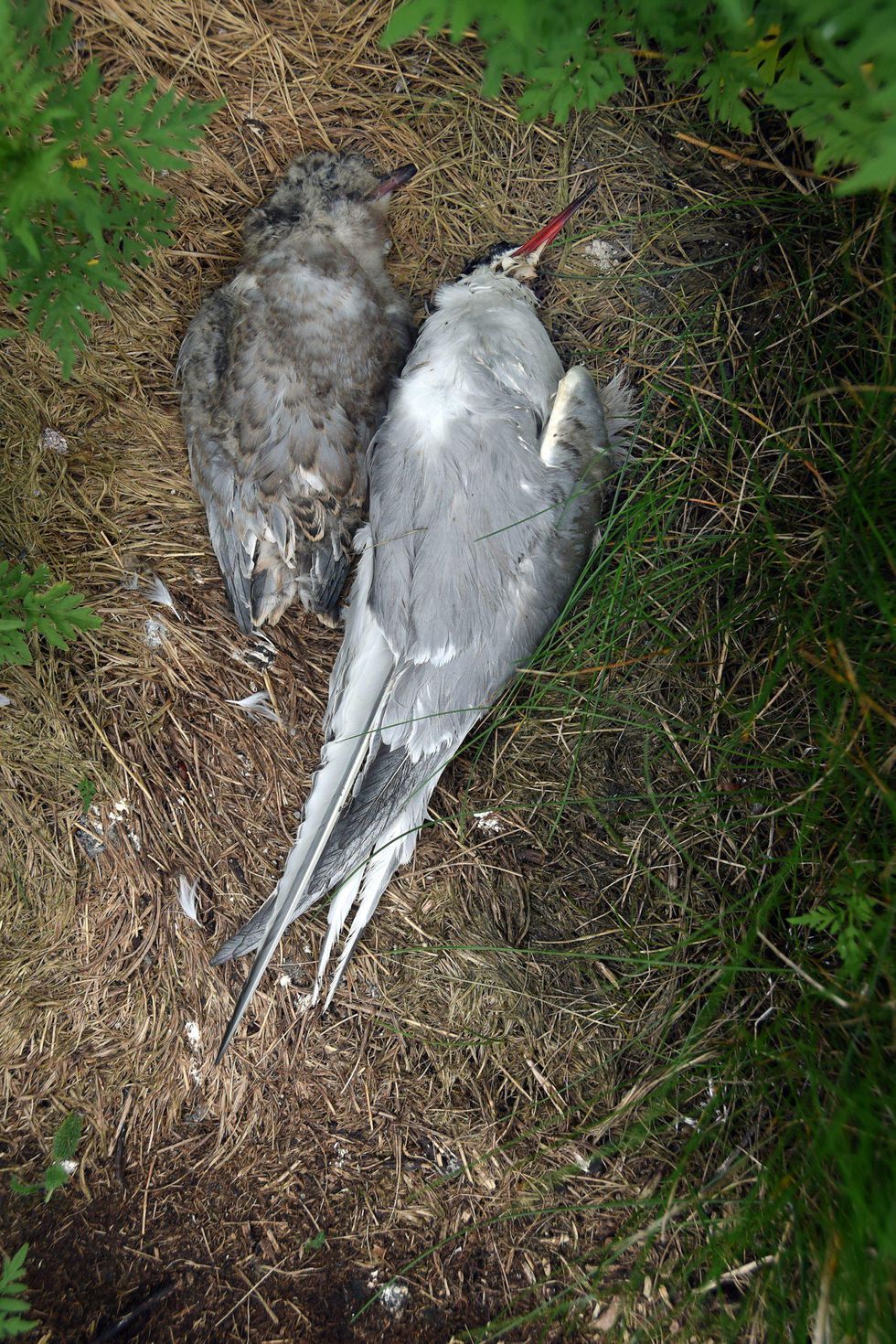
An adult tern and its chick lie dead on Eastern Egg Rock, Maine, possibly due to overexertion for the adult from trying to find food for the starving chick. (Credit: Derrick Z. Jackson)
The bedeviling thing about the shifts, according to Andy Pershing, director of climate science at Climate Central, and one of the authors of the 2050 summary paper, is that warming is unleashing “compound events” that can spur species’ declines. As a human parallel, Pershing cited Hurricane Ida’s landfall last year in New Orleans. He noted that while some people died during the actual hurricane, far more succumbed to the heat wave that followed because of a lack of power and air conditioning.
In the oceans, the climate-driven warming temperatures set catastrophe in motion. One example is Maine’s northern shrimp, which was a sweet, crawfish-sized regional winter delight. The shrimp fishery has been closed since a crash of the species following the hottest waters on record in 2012. A study last year found that the crash was not directly due to the heat. It was more likely that shrimp were gobbled up by longfin squid attracted by the warmer waters. The study’s authors said their findings “provide further evidence that changing species interactions will have major impacts as ecosystems face disruptions due to climate change.”
Catastrophic effects on seabirds
Last summer, I personally saw how “compound events” create chaos for seabirds at one end of the Calanus food web. I spent several nights on three islands managed by National Audubon’s Seabird Institute and the Maine Coastal Islands National Wildlife Refuge. I had visited there many times since 1986, but had never previously seen so many carcasses of tern and puffin chicks strewn across the landscape. Nor had I experienced what I realized was a funereal quietude from the absence of terns screeching to help protect their chicks.
The die-off was the result of a relentless double whammy of heat waves and record rain events. Some chicks starved because the heat drove traditional puffin and tern prey—such as haddock, hake and herring—too far away or too deep for parents to catch. Others died of hypothermia because they could never dry out from the rain. Steve Kress, the retired founder of the 49-year-old Project Puffin, told me that Eastern Egg Rock, the first island he repopulated with that bird, endured 54 days of rain events. The prior record was 32.
Islands throughout New England reported record chick failures of puffins and various species of terns. Many puffin chicks that survived the onslaught were so underweight and undersized that researchers called them “micro puffins.” On Eastern Egg Rock, research assistants led to me to a spot where an adult tern and its chick appeared to die next to each other. They speculated that the chick died of hunger while the adult died in the vain effort to find enough food. “You hear of humans dying of heartbreak,” research assistant Jasmine Eason told me. “This looked like it.”
I heard heartbreak too from seabird researchers like I have never heard it. Longtime Canadian ecologist and seabird expert Tony Diamond, commenting on what he’s seen on Machias Seal Island, the island in the gulf with the most puffins, said, “Sometimes I’m shocked by the meals the birds are bringing in compared to what we used to see. Thirty years ago, it was big, fat juvenile herring. Today, so many times, they’re bringing in tiny little fish in their beaks. It’s not nearly enough to sustain them if this keeps up.”
Fellow Canadian researcher Heather Major, Project Puffin ecologist Keenan Yakola, and Gulf of Maine Research Institute (GMRI) scientist Kathy Mills all worry about how the warming creates “mismatches” in when prey bloom and spawn and when predators come and go. The timing is crucial for migratory animals. Puffins, for instance, come to Maine’s islands for only about four months of late spring and mid-summer to breed. Right whales fatten up in New England and Canada for their winter calving waters off the coasts of South Carolina, Georgia and Florida.
“A species like the Arctic tern will leave for South America in the fall, but its survival the next year and the survival of its chicks may depend on everything that’s happening in Maine while it is away,” Yakola said.
Record heat
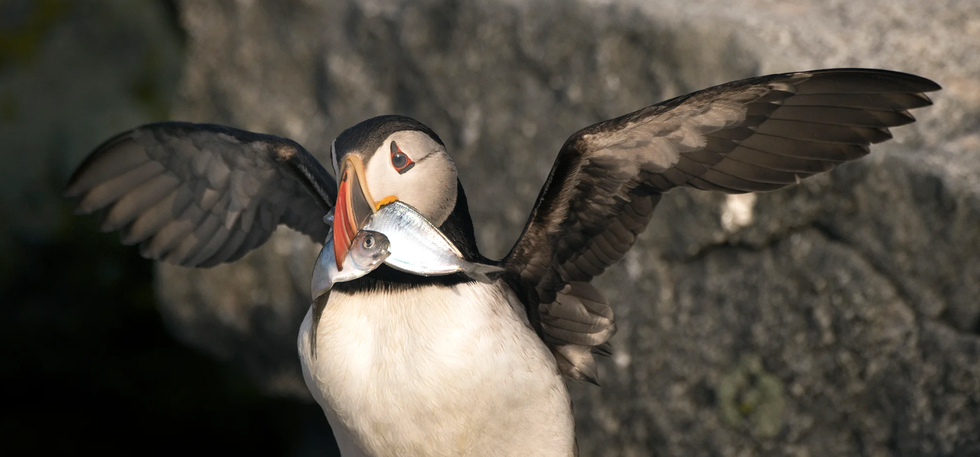
What a tern, whale or puffin will return to after their winter migrations depends increasingly on whether humans act to curb the warming. The Gulf of Maine Research Institute (GMRI) recently announced that last fall was the warmest on record in the gulf. Average sea surface temperatures in early October that used to hover around 60 degrees Fahrenheit were nearly five degrees warmer. Even in November, a month where temperatures historically descended into the high 40s, they stayed in the low 50s.
The data shows that sea surface temperatures last summer were the second warmest ever recorded in the gulf, four degrees Fahrenheit higher than the historical average. The six warmest summers ever recorded for sea surface temperatures in the Gulf of Maine have all been logged since 2010. In 2020, the gulf hit a single-day sea-surface record temperature of nearly 70 degrees. The primary reason is that the warm Gulf Stream is expanding its presence as cold currents coming down from Labrador are losing their power.
“We’re getting to levels that are really exceptional,” Mills said. “We’re already running ahead of climate models. There’s always going to be some year-to-year variability, but the warming has become a persistent pattern where variability doesn’t get us back to ‘normal,’” she added.
For cold-water sea animals, such a four-to-six-degree difference in sea temperatures is akin to stepping out of an air-conditioned home into punishing Arizona summer heat. The big question is can humans keep nature’s “air conditioner” running in New England.
Don Lyons, director of conservation at National Audubon’s Seabird Institute, home of Project Puffin, said he remains hopeful that the Gulf of Maine can inspire action on climate change because there’s been so much investment in preserving so many species of animals and so much habitat. These waters are concentrated with historic conservation victories, from the restoration of puffins to the rebounding of fish stocks, and from the 1972 creation of the Maine Coastal Islands National Wildlife Refuge to the 2016 creation of the Northeast Canyons and Seamounts National Marine Monument.
So far, the overall investment and vigilance in preserving the gifts of the gulf continues to pay dividends. Over the last decade, there have been enough cooler summers interspersed with the record heat to keep puffin populations at record levels, with at least one bird being 32 years old. Some cousins of the puffin, razorbills and murres, are increasing their population. “We’re not going to avoid all impacts,” Lyons said. “But I think it’s possible for us to bend the curve.”
Bending the curve of course ultimately means curbing the fossil fuels driving the heat-trapping gases of climate change. It means that we cannot just “ooh and ahh” at whales and puffins; we need to look out for the health of creatures like Calanus finmarchicus. In the paper on the gulf at 2050, Pershing, Mills, Diamond and 10 other co-authors said this zooplankton is the “signature invertebrate animal of the North Atlantic subpolar ecosystem.”
Without it, there’s no telling how many more whales we will see blowing at the surface, how many puffin will be bringing fat juvenile haddock for their chicks, or whether there will be a fat Maine lobster on your plate. It was only in 2016 that a campaign by schoolchildren resulted in officially designating the lobster as the state crustacean of Maine. Perhaps now there should be a campaign to make to Calanus finmarchicus the official plankton of New England, before they—and the lobsters they help sustain—are gone.
This originally published at the Union of Concerned Scientists blog and is republished here with permission.
Derrick Z. Jackson is a UCS Fellow in climate and energy and the Center for Science and Democracy. Formerly of the Boston Globe and Newsday, Jackson is a Pulitzer Prize finalist, a 10-time award winner from the National Association of Black Journalists, a 2-time winner from the Education Writers Association, a commentary winner from the National Lesbian and Gay Journalists Association and co-winner of Columbia University's Meyer Berger Award. He's also a board member at Environmental Health Sciences, publisher of The Daily Climate.
Banner photo: In a sign of a conservation victory, here a healthy, banded puffin in Maine returns to its young with a plentiful haddock catch. Credit: Derrick Z. Jackson





